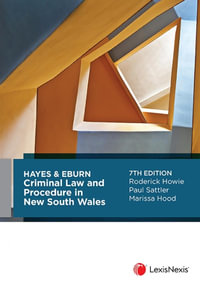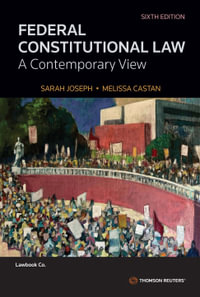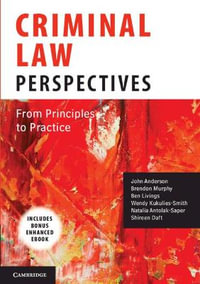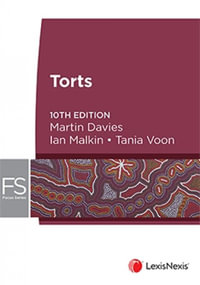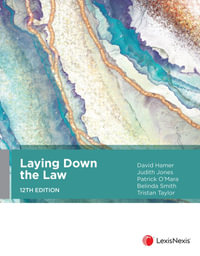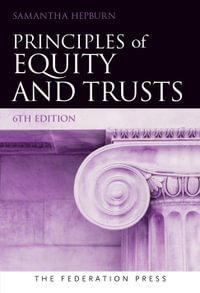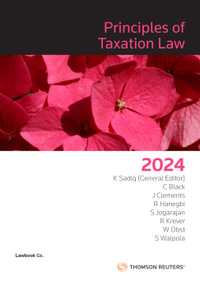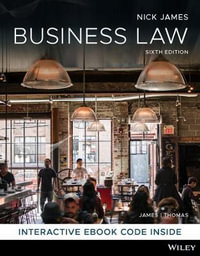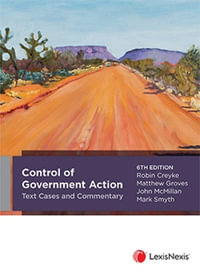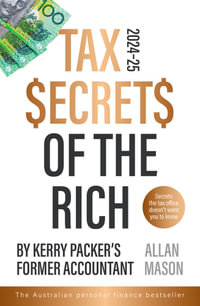| Foreword by Professor | p. V |
| List of Acronyms | p. XI |
| Introduction | p. 1 |
| Law and the Olympic Games | p. 5 |
| Law in the Olympic Games in Antiquity | p. 5 |
| Law in the Olympic Games of the modem era | p. 9 |
| From the early scarcity of rules to the Olympic Charter | p. 9 |
| The difficulty of integrating 'Olympic law' with 'state laws' | p. 16 |
| The nature of the formal submission of a state to 'Olympic Law' on being a candidate to organise the Olympic Games | p. 19 |
| The incorporation or assimilation of 'Olympic Law' in national state legislation: The case of Portuguese legislation | p. 21 |
| Community law as a source of 'Olympic Law' | p. 31 |
| Acts of secondary legislation and soft law instruments | p. 31 |
| Case law of the Community courts and the Commission's decision-making practice in the area of competition law | p. 33 |
| Legal and Institutional Aspects of the Olympic Movement | p. 35 |
| The Olympic Movement: Definition, composition and general organisation | p. 35 |
| The three principal constituents of the Olympic Movement | p. 36 |
| The International Olympic Committee | p. 36 |
| Mission and role of the IOC | p. 36 |
| The legal nature of the IOC | p. 38 |
| Members of the IOC | p. 42 |
| The National Olympic Committees | p. 44 |
| Mission and role of the NOCs | p. 44 |
| Members | p. 46 |
| The legal nature of NOCs | p. 47 |
| Country and name of an NOC | p. 48 |
| The International Sports Federations | p. 50 |
| Recognition of IFs | p. 50 |
| Mission and role of the IFs in the OM | p. 50 |
| Technical responsibility of IFs at the Olympic Games | p. 51 |
| Legal nature of the IFs | p. 51 |
| The 'satellite organisations' of the Olympic Movement | p. 52 |
| The World Anti-Doping Agency | p. 52 |
| The International Olympic Academy | p. 54 |
| The Court of Arbitration for Sport | p. 55 |
| The International Paralympic Committee | p. 60 |
| The Organising Committees of the Olympic Games | p. 62 |
| The Olympic Congress | p. 65 |
| The IOC Commissions | p. 66 |
| The International Olympic Truce Foundation and the International Olympic Truce Centre | p. 67 |
| The organs of the Olympic Movement | p. 68 |
| The Session | p. 68 |
| The Executive Board | p. 69 |
| The President | p. 70 |
| Legal Problems of the Contemporary Olympic Movement | p. 71 |
| Eligibility criteria | p. 71 |
| Amateurism versus professionalism | p. 72 |
| Competitors' nationalities | p. 74 |
| Minimum age limits | p. 79 |
| The participation of women | p. 81 |
| The participation of transsexuals in the Olympic Games | p. 83 |
| Dual participation in the Olympic Games and the Paralympic Games | p. 84 |
| The legal protection of 'Olympic properties' | p. 85 |
| Protection of the environment | p. 91 |
| Advertising | p. 93 |
| Freedom of expression | p. 96 |
| Media coverage of the Olympic Games | p. 96 |
| Propaganda versus the freedom of expression | p. 98 |
| Boycotts of the Olympic Games by National Olympic Committees | p. 100 |
| Conclusion | p. 103 |
| Selected writings | p. 107 |
| Basic documents | p. 113 |
| Olympic Charter | p. 115 |
| IOC Code of Ethics | p. 171 |
| Nairobi Treaty on the Protection of the Olympic Symbol | p. 175 |
| United Nations, General Assembly, Resolution on the Olympic Truce | p. 179 |
| Appendix | p. 181 |
| The Legal Regime for a Permanent Olympic Site? | p. 183 |
| International and National Legislation and Sport Regulations | p. 221 |
| Table of Cases | p. 229 |
| Subject Index | p. 231 |
| Index on Organisations | p. 241 |
| Table of Contents provided by Ingram. All Rights Reserved. |




